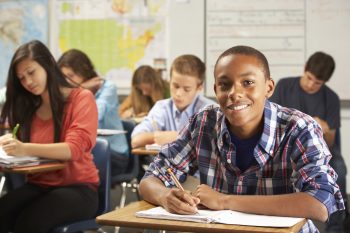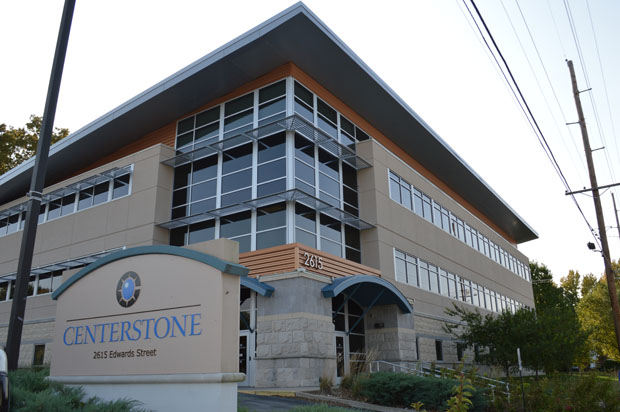Home / Health & Wellness Articles / Tips and Life Hacks /
Reducing Back-to-School Stress for Students

As we quickly approach the first, “first day of school” with COVID-19, we recommend proactive preparation to help ease your child’s transition out of the home and back to school.
Become Informed: Determine what your school system’s policies and practices will be for students and staff. If you disagree with the policies, temper your opinions when sharing information with your children. For young children, visit the school before the school year begins, rehearse the drop-off, and spend time on the playground or inside the classroom if the school allows. Have the child practice walking into class while the parent waits outside or down the hall.
Dialogue: Initiate honest discussions with your children about what they can expect when they return to school. Discuss ways you’ve worked as a family to remain safe and how we can all protect ourselves. Make a list of what they are concerned about, but also note what they are positively anticipating about their return to school. Validate the child’s concerns by acknowledging that, like any new activity, starting school can be hard, but soon becomes easy and fun.
Practice: Start an implementation plan at home. If masks are required, practice wearing them for increasingly longer periods. Be even more vigilant about handwashing, keeping some distance, covering coughs. Start practicing social distancing when watching TV, eating, or moving about the house. Spend some time trying simple relaxation and anxiety-reducing techniques like regulated breathing, meditation, or yoga. Arrange play dates with one or more familiar peers before school starts (research shows that the presence of a familiar peer during school transitions can improve children’s academic and emotional adjustment).
Process: A week or two before school, start preparing children for the upcoming transition by getting back to school year routines, such as a realistic bedtime and selecting tomorrow’s clothes. When the family comes back together at the end of the day set a short time of debriefing about the day. Make this a positive time of recognizing all you are doing, as individuals, and as a family to keep yourselves and others safe and healthy. Incorporate changing from school/work clothes into home clothes and include a snack.
Journal: Keeping a gratitude journal is helpful. The brain is incapable of producing anxious thoughts while it is producing positive thoughts stemming from gratitude. If you can trigger a positive train of thought, you can sometimes derail the anxiety.
Model: Even within a nuclear family, each child may react differently to the back to school transition, but parental behavior is an integral component to easing stress. Modeling appropriate self-care and consideration for others will help your children safely and peacefully return to the post COVID-19 educational process.
Seek Professional Help if Needed: If you or your child are struggling with anxiety related to COVID-19 and the back to school process, help is available at Centerstone through our Children and Family Services.
By Stacey Van Pelt, LCSW, Director of Children and Family Services
